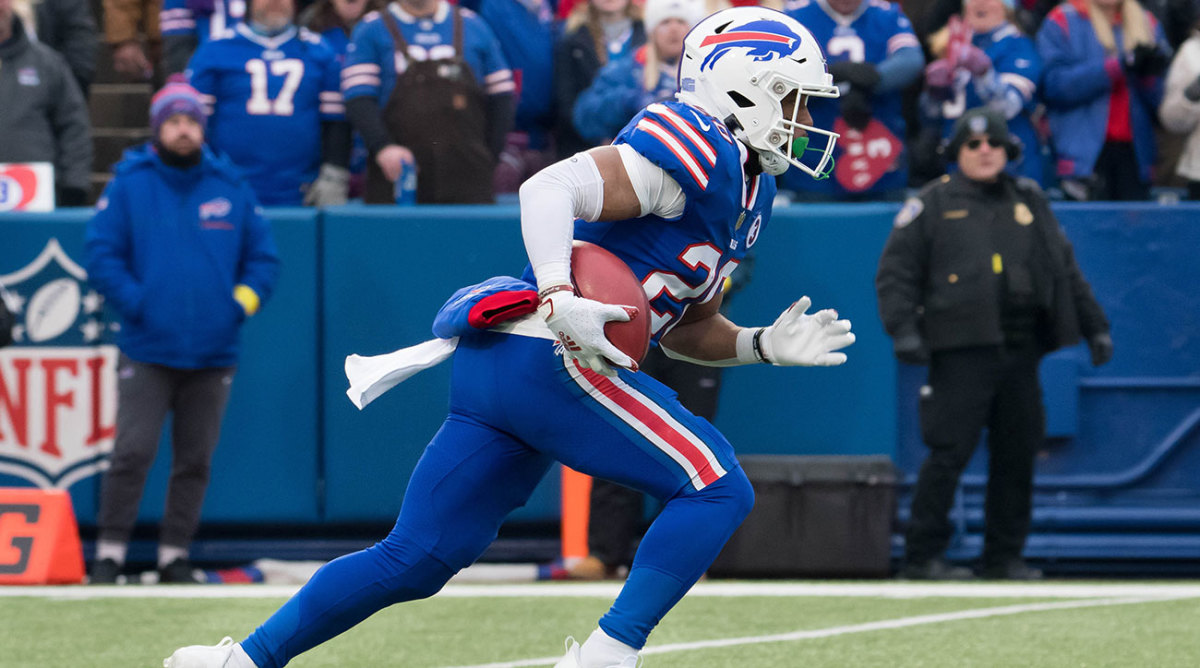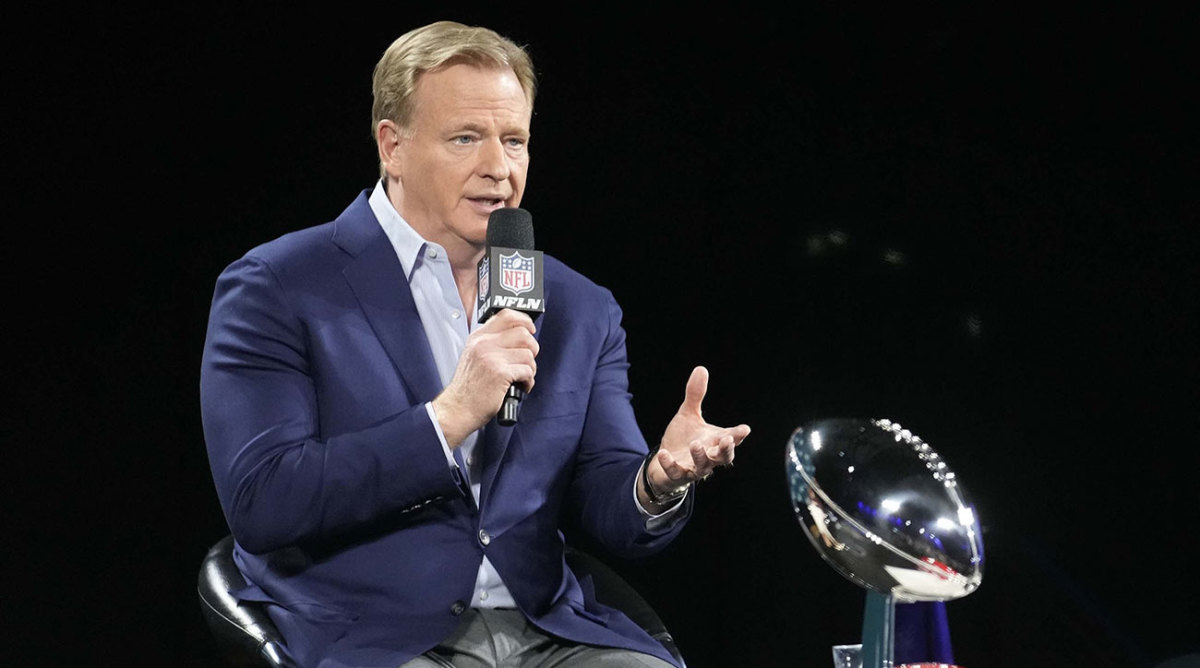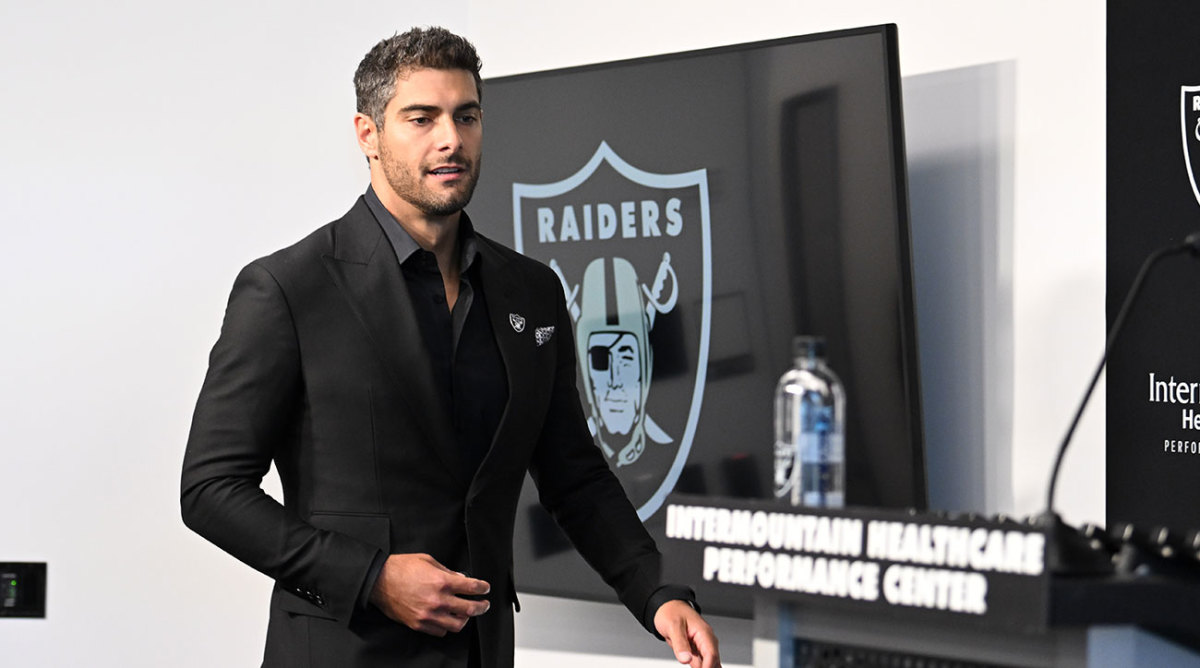New Kickoff Fair Catch Rule Makes Good Business Sense for the NFL

The prosperity and popularity of the NFL continues to surge, with record-setting media deals and skyrocketing franchise valuations. The question to be asked, and one asked for years, is this: Is there anything that can wobble the league off its seemingly rock-steady perch?
The most common answer to that question in recent years has been increasing concern about player safety and concussions, with some predicting the sport’s popularity would diminish due to its brutal nature. While that has certainly not happened, the NFL has taken note, as recently as last week.
Kickoff return an endangered species

The NFL kickoff return can be one of the most exciting plays in the sport, but it is also its most violent. Thus, the NFL has acted, both before and now, to curb its frequency.
After changing placement of the ball after a touchback from the 20-yard line to the 25-yard line in 2016, the NFL has now further incentivized fewer returns, allowing a fair catch on a kickoff anywhere behind the 25-yard line to have the ball placed there (the same result had the ball been downed in or kicked out of the end zone). The league is trying to make its most unsafe play safer.
What is the data that the league is basing these changes on? We do not know all of it, but here are some interesting statistics I found.
• A 2017 study showed that concussions were five times more likely to occur on a kickoff than on an offensive or defensive play.
• In 2018 (after the touchback placement from the 20- to 25-yard line was implemented, along with other changes), there was a 38% reduction in kickoff concussions compared to ’15 to ’17, according to the NFL.
• According to Dr. Allen Sills, the NFL’s chief medical officer, and Jeff Miller, the NFL’s VP of health and safety, in early 2022, one in six concussions came on special teams.
Sometimes with NFL decisions that seem pure, many—including this writer—look for ulterior motives that are often about further revenue. Here, it is hard to find one, although a safer game will ultimately be more sustaining. This rule seems completely about protecting the players from more frequent injury, especially head injuries.
As with any rule, there will be unintended consequences. Special teams players and coaches will figure out “un-fair catchable” kicks such as squib kicks, flutter kicks and line-drive kicks. Referees will have to make judgment calls as to whether a fair catch was properly called, in some cases doing so after a violent hit. This will be a work in progress.
Having said that (and this will be unpopular with many), we have to commend the NFL here. We criticize for decisions that seem to deprioritize safety, such as Thursday Night Football (now allowing schedule flexing and teams playing more than one Thursday night game per season), and the use of turf over grass fields. We cannot condemn with condoning on the same topic. We cannot want the league to be more protective of players but bemoan the diminution of kickoff returns. If player safety is as important to us as many of us say, we should cheer the efforts to limit the game’s most unsafe play.
It does beg the question of whether we will continue to have NFL kickoffs at all. Despite the occasional scintillating play, the powers that be in the NFL—we heard Roger Goodell lobbied hard for the rule change—are more concerned with safety than highlights.
In five or 10 years, we may well look back at “the old days” in the NFL when there were relics such as two-a-day practices, a 16-game regular season and these exciting yet unsafe plays called kickoff returns. The play is on the endangered species list.
Four more years (at least)

Commissioner Roger Goodell is getting a contract extension. Of course he is.
Goodell has been the face of the NFL for the past 16 years, a lifer in the league who has served “the membership”—NFL owners—for his entire adult life. He will do so at least a few more years, set to sign an extension reportedly through 2027.
We are well past the quaint notion that the commissioner serves the best interests of “the game” or the fans or the players (although Goodell’s insistence on the new kickoff rule does suggest that priority). Sports is big business, and the NFL is approaching $20 billion in annual revenues. Goodell acts primarily in the best interests of owners, individuals and groups outlaying billions of dollars to join his exclusive club.
Goodell, while booed lustily by fans and occasionally derided by players, is very popular with owners. And for good reason. Goodell recently led negotiations in the business’s two most important categories, media and labor, that resulted in agreements lasting more than a decade. That certainty is key to those investing in the NFL. And the strength of those deals is clear. The media deals total a cumulative $110 billion, and the league recently added Amazon to a deep roster of network partners. The CBA has players topping out at 48% of revenues, with many revenue categories—such as stadium naming rights, premium seating, franchise relocations fees and gambling—excluded from sharing.
Moreover, Goodell has continuously taken the bullets so his owners don’t have to. For example, when punishments for players such as Ray Rice or Deshaun Watson were lambasted as being too lenient, it was Goodell, not the Ravens or Browns—neither of which imposed any penalty on the players—who took the criticism. Goodell is the shield who protects the shield.
Goodell is often bland and unrevealing in his responses to questions, and even circular in some reasoning. But he is that way, I think, because owners want him to be that way. I got to know Goodell during my time working for the Packers, and I found him much more human, caring and vulnerable than his public face. Owners want a strong, iron-jawed, corporate face representing their interests.
Some are also fascinated by Goodell’s compensation. Whatever that number is, owners can easily justify paying it. Each team will soon be receiving more than $400 million a year as an annual distribution from the league before they earn one penny of local revenue. Franchise sales have gone from $2 billion to $4 billion to $6 billion in the past five years. Paying Goodell roughly $2 million per club is not an issue for owners.
My question is not why the owners are extending Goodell; it’s Why is he staying? As mentioned above, the key deals—media and labor—are settled; the Commanders are about to sell for more than $6 billion. All league metrics are secure and pointing north. It would be an ideal time to head off into the horizon.
My other question is: With media and labor settled, what will his top priorities be? Tech? AI? International expansion?
More Goodell is ahead, and that is not a bad thing. Sure, he’ll be booed at the draft and criticized by the media, but the same fans booing him will beg for selfies, and the same members of the media grilling him pinch themselves for being able to work in his orbit.
Meet the new boss, same as the old boss.
Raiders’ interesting QB situation

In recent days, we have heard about an injury waiver signed by Jimmy Garoppolo with the Raiders, one discussed by colleague Albert Breer here.
Injury waivers in the NFL are not frequent, but more common than people know. I wrote several in my time with the Packers; they absolve the team of financial liability and risk for a player coming onto the team with a preexisting injury. As with all clauses like this, the language is the key. The player and agent would want to limit activation of the waiver to a specific reinjury of the same injury; the team wants language such as any injury “related to” or “derived from” or “associated with” the previous injury.
The difference between Garoppolo’s waiver and all the ones I negotiated is the importance of the player. All of the injury waivers I did were for down-the-line players on the roster or players at the end of their careers. This one is for a starting quarterback. The Raiders appear to like living dangerously at the game’s most important position. Last year they signed Derek Carr to a four-year extension and cut him six months later. This year they are putting their trust in a quarterback fresh off foot surgery. Speaking of the Raiders and quarterbacks …
Could Tom Brady, who has already unretired once, become part owner and starting quarterback for the Raiders?
To become a part owner, he would need approval from three-fourths of ownership, or at least 24 teams. Of more interest to me, though, is the valuation piece.
I remember covering the recruitment of Peyton Manning as a free agent in 2012, with rumors that at least one team, allegedly the Titans, was offering an equity stake in the team. I asked senior league officials whether that would even be possible, and, to my surprise, they said it would … with a catch. The equity stake would be valued according to the most recent team valuations, and that amount would count against the salary cap.
Applying this to the Raiders and Brady, let’s say Brady owns a 1% stake in the Raiders, and the team valuation is $5 billion. Were Brady approved to play, his cap number with the team would be $50 million, plus salary and prorated signing bonus. Of course, that number would change if his stake were higher or lower (the fact he probably didn’t pay the full $50 million per percentage point is irrelevant to the valuation).
We are a long way from this happening, but it is an interesting thought experiment.
